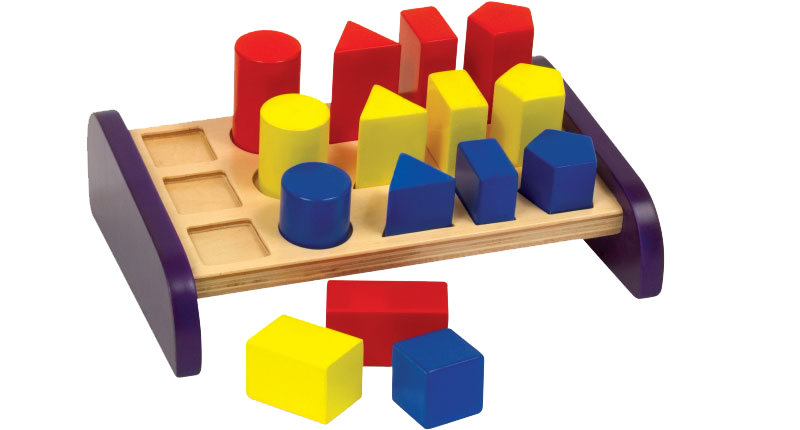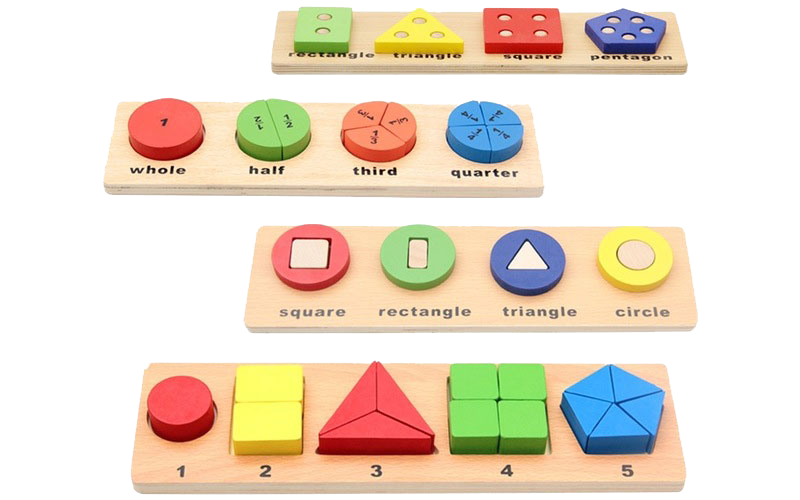 Arrow
|
 Circle
|
 Crescent
|
 Cross
|
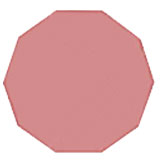 Decagon
|
 Ellipse
|
 Heart
|
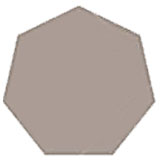 Heptagon
|
 Hexagon
|
 kite
|
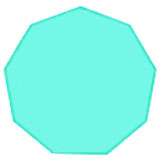 Nonagon
|
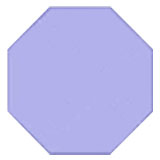 Octagon
|
 Oval
|
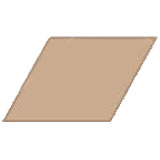 Parallelogram
|
 Pentagon
|
 Pie
|
 Rectangle
|
 Rhombus
|
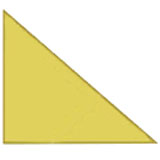 Right-triangle
|
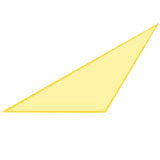 Scalene-triangle
|
 Square
|
 Star
|
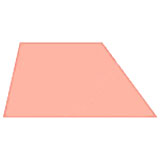 Trapezium
|
 Triangle
|

